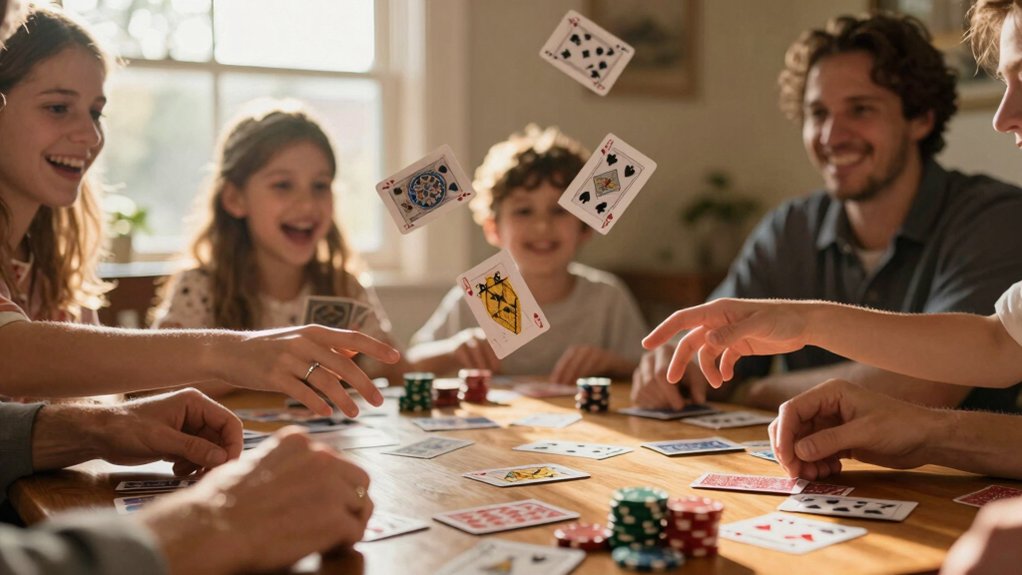Do you love to dance? Have you ever thought about taking a group class?
Group dance classes can be a great way to learn new moves, socialize, and have fun.
But what is the ideal size for a group class?

This article will talk about the benefits of group classes, factors to consider, class structure, group formation, and how to maximize effectiveness.
Get ready to learn all you need to know to get the most out of your group dance class!
Benefits of Group Classes
You can experience a range of benefits by attending dance classes in a group. Group classes offer the chance to socialize with others, learn from their experiences, and build camaraderie and team building skills. It can also provide a sense of motivation as seeing others working hard may inspire you to do the same.
Group classes are also usually more cost-effective than individual sessions, and you can benefit from the collective energy of a group. You also have the opportunity to ask your peers for help or advice, which can be invaluable in helping you to learn quickly and improve your skills.
Furthermore, group classes can be great fun and can help to break up the monotony of working out alone. In addition, when you have a group of friends to practice and share the experience with, the classes become much more enjoyable.
Factors to Consider
How many people should be in a group dance class, and what are the best methods for organizing it? Well, the ideal size of a group dance class depends on several factors. The most important ones include the age and skill level of the students, the type of dance being taught, and the available space. Additionally, the class instructor should take into account their own teaching style and the motivation strategies they plan to use.
| Factor | Advantages | Disadvantages |
|---|---|---|
| Large Group | More class dynamics | More difficult to manage |
| Medium Group | Easier to manage | Less class dynamics |
| Small Group | Easier to manage and customize classes | Can be more expensive |
In general, a smaller group size is preferred, as it allows the instructor to better focus on individual students’ needs and provide more personalized feedback. It also ensures that the class stays organized. On the other hand, a larger group size can create a more dynamic class with more energy and excitement.
When organizing a group dance class, the instructor should consider the type of dance they are teaching, the skill level of the students, and the motivation strategies they plan to use. Additionally, they should keep in mind the space available for the class and the amount of time they have to teach it. By taking all these factors into consideration, the instructor can determine the ideal size of the group and how to best organize it.
Class Structure

Once you’ve determined the ideal size of your group, you’ll need to decide how to structure the class. Generally, the greater the class size, the lower the cost per person. However, too large a group can make it difficult to provide one-on-one instruction and ensure adequate space for each dancer. To ensure everyone gets the attention they need, consider creating smaller groups within the class which will allow more focused instruction.
To make the most of your class size, plan activities that will engage the entire group. This may include larger group numbers or dances, as well as games and activities that promote team building. It’s also a good idea to have a few activities planned that can be done by each dancer individually, such as stretches or choreography practice.
Finally, consider varying the class structure from week to week, so that everyone remains engaged. This could include bringing in guest instructors, or having each student take a turn leading the class.
When it comes to class structure, the key is to have a plan that takes into account the class size, cost, and individual needs of the students. By utilizing a variety of activities and instruction styles, you can ensure that each student is getting the attention and instruction they need.
Group Formation
When forming a group for a dance class, it’s important to consider the ideal size of the class. Group size can have a major impact on how well the class runs, the flow of the class, and the overall experience. Generally, the optimal size for a dance class is between five and twelve people. Smaller groups are better for more intimate, focused instruction, while larger groups are better for more dynamic, energetic classes.
| Advantages | Disadvantages |
|---|---|
| Fosters group dynamics | More difficult to control |
| Offers more personal instruction | More difficult to pair |
| Allows for more complex routines | More difficult to manage |
| Easier to plan activities | Less one-on-one instruction |
When deciding on the size of the group, it’s important to take into account the type of dance class being offered and the skill level of the students. Beginner classes should be kept small to ensure everyone gets enough individual attention. For more experienced classes, larger groups are preferred so students can practice partnering and group exercises.
No matter the size of the group, it’s important to spend time on pairing exercises and group dynamics. These activities help foster camaraderie and trust among the students, which is essential for a successful class. With the right size group and a well thought out plan, any dance class can be a rewarding and enjoyable experience.
Maximizing Effectiveness

Once you have selected the ideal size of the group for your dance class, the next step is to maximize its effectiveness. Here are some tips to help you do so:
- Encourage socializing. Ask teammates to introduce themselves to each other and encourage them to engage in small talk.
- Develop communication skills. Have dancers practice giving and receiving feedback.
- Foster team spirit. Work on team building exercises that will help the group form a cohesive bond.
- Prioritize safety. Make sure all members of the group are aware of and follow the safety protocols.
These strategies will help you create an environment where your team can learn, grow, and enjoy dancing together. By emphasizing socializing, communication skills, team spirit, and safety, you can ensure that your dance class is a success.
Frequently Asked Questions
What Is the Best Type of Dance for Group Classes?
It depends on the age group and the goals of the class. For younger children, age-appropriate dances like ballet or jazz are great. For older students, dances like hip-hop or salsa offer diversity benefits and help build community.
How Can I Make Sure My Group Class Is Safe?
To ensure a safe group class, practice social distancing and establish classroom safety rules. Encourage mask wearing and regular handwashing, and provide sanitizer and wipes.
What Is the Minimum Number of People for a Group Class?
The minimum number of people for a group class depends on the class dynamics and instructor roles. Be sure to consider the size of the space and the number of instructors available when determining the optimal class size.
Are There Any Special Requirements for Group Class Instructors?
Yes, instructors need special teaching strategies and knowledge of class structure to successfully lead a group class.
How Can I Ensure Group Class Participants Stay Motivated?
Encourage participation by setting achievable goals, fostering connection through group activities, and providing positive feedback.
Conclusion
Group classes offer the chance to learn and grow in a supportive environment. There’s no one-size-fits-all approach when it comes to class size, but considering the factors of age, physical ability, and goals can help you determine the ideal size for your group.
With the right class structure and group formation, you can maximize the effectiveness of your classes and ensure that each dancer is getting the most out of their experience.




Leave a Reply